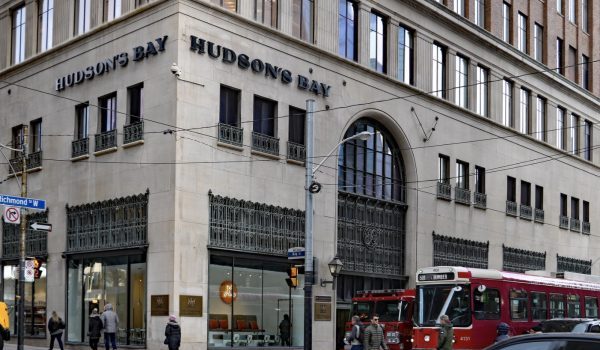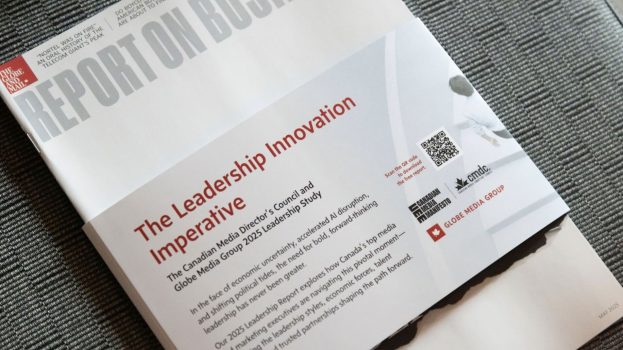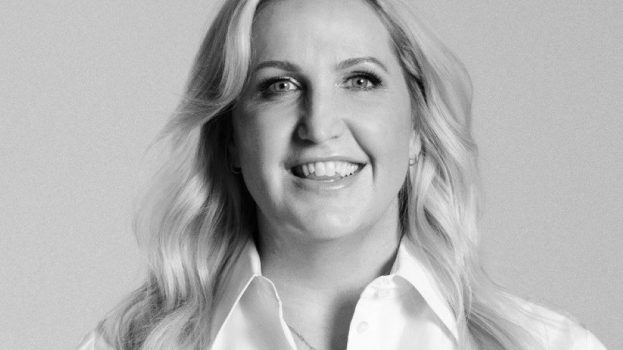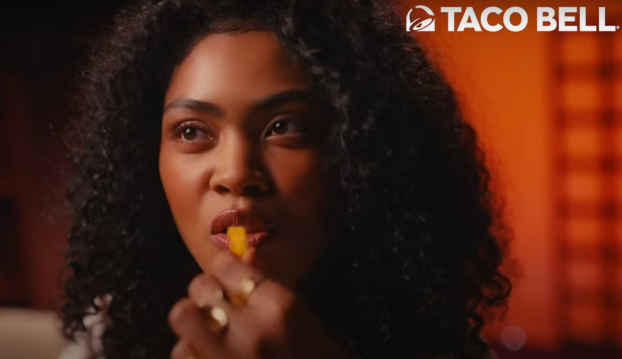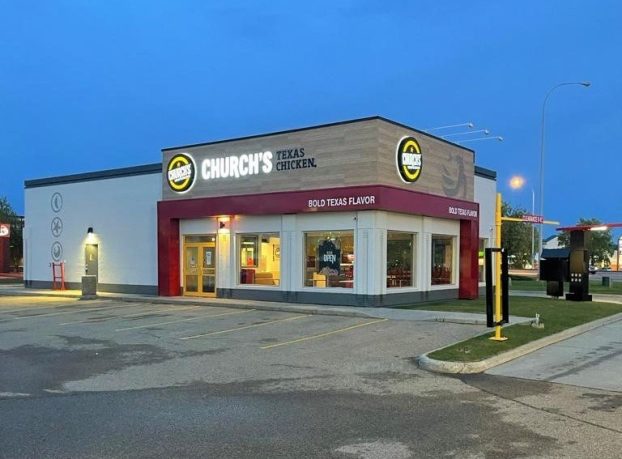Ford is concentrating the campaign for its new Focus on the screens with which its target audience spends the most time: computer, mobile, videogame and television.
The campaign, with media by Mindshare and creative from Y&R, includes an unprecedented level of digital involvement for the car company, including a ‘4D’ rich media execution where consumers can view interactive content and video on MSN.ca, MSN Autos, MSN mobile, and advertising on the launch screens of Microsoft gaming platforms Xbox Live and Kinect, says Jason Day, marketing communications manager, car, Ford Canada.
‘This campaign is the first global campaign for Ford’s first global car,’ says Day. ‘It’s the first time Ford has made a car where you can step off a plane in Toronto or Paris and it looks virtually the same. All the communications you’re seeing across media platforms have the same messaging.’
‘4D’ refers to a rich media experience in which the display ad expands out into a 3D-style graphic and also contains interactive elements, such as a video player (see image).
In addition to advertising across Microsoft’s digital platforms, the campaign also includes an appearance by the Ford Focus in EA’s videogame The Sims 3 and a set of eight 15-second television spots airing across Canada on shows including Breakfast Television on Citytv, Glee and House on Global and The Weather Network.
Commercials for the Ford Focus are also airing before movies during April and May in Cineplex cinemas, with a double-page spread to support the campaign in Cineplex Magazine. A larger print campaign may roll out later in the year but for now the company is keeping the paper component small.
The focus on digital for the campaign, which is targeted at consumers in their 30s to mid-50s started last October when Ford began rolling out online teasers for the new car, says Day.
‘A lot of how this campaign evolved came from seeing online activity around the car. We started sending consumers to places where people were talking, like the Ford Facebook page, rather than the corporate page. We knew we had to have a presence in traditional media, but we also knew our consumers were spending a lot of time in digital.’

